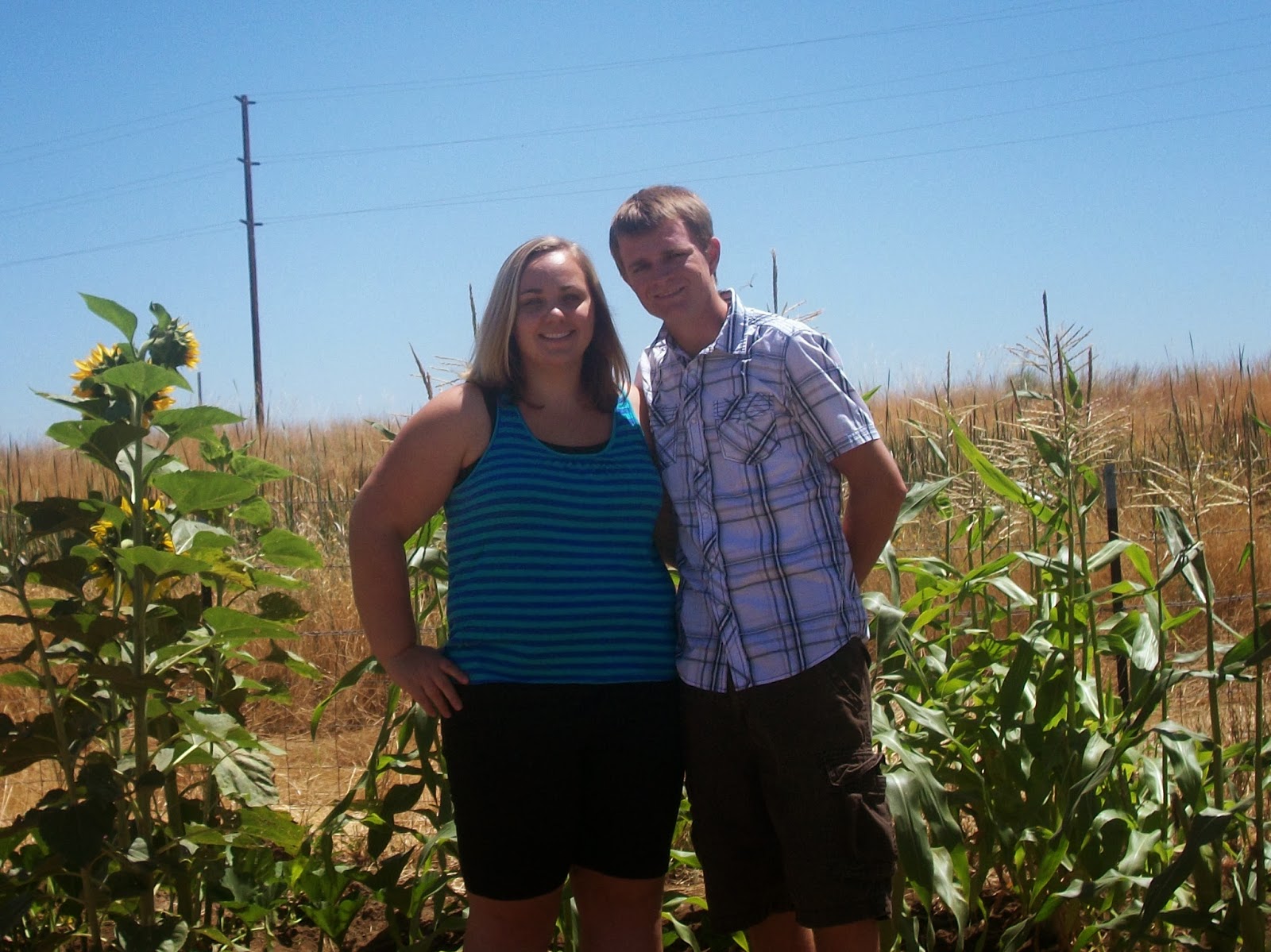My dream country girl wife is someone who loves me for who I am, someone who adds to my crazy ideas, but is not afraid to tell me when I've gone to far. My dream country girl wife is someone who will lovingly help me with chores around the farm, someone who isn't afraid to get dirty planting the garden, or cleaning out the chicken coop, or helping you cull chickens! My dream country girl wife is someone I met 4.5 years ago! Let me tell you a story.
It's funny how things progress. When I first met my wife, neither one of us wanted this lifestyle of raising farm animals and tilling the ground. My wife and I met on a dating site, like many do these days, we quickly fell for each other and started dating 2 weeks after we met. Why wait when you think you got a keeper? We took our time with the dating process though, we knew marriage was a big deal and a decision for life so we took our time deciding if this was who we wanted to be with for the rest of our lives. I was a mechanic on a local farm, and she lived an hour away from me and was a caregiver. One day my friend posted a book on my Facebook page, I think as somewhat of a tease, but crazy me, not knowing what it was about, I ordered it because I liked the title, it is called "Born-Again Dirt: Farming to the Glory of God" by: Noah Sanders. I got the book and slowly read through it, not because it wasn't interesting, but because I am a slow reader and would easily lose focus. I read the book and was so excited that you could actually farm to the glory of God and the way He actually designed it! So I pursued farming. This is now what I wanted to do, but on a bigger level, I wanted 5,000 acres and combines and tractors! I am not sure what my fiance thought of me at this point, but soon she read the same book and fell in love with this idea of farming.
I ended up marrying my dream country girl wife at the age of 23 in 2012, it was the happiest day of my life! Little did I know that the days were only to get better! After we married, we watched a few documentaries including Food, Inc. and Fresh, which are about farming. If it's done right it can actually heal the land instead of hurt it. The next book we read together is called "You Can Farm" by Joel Salatin. That book really got us inspired to start farming somewhere, this also changed our views on farming and makes us desire to be grass farmers and practice rotational grazing that will heal the land with any animals we get in the future.
We took the birds at about 1 week old, we got all the necessary supplies and raised them in our bathroom, not knowing what the next step would be. By the grace of God, two weeks later our cousins called us and said that one of their rental houses on some land would be available soon! We were so surprised and happy. We moved into the house and we quickly got to work on building a chicken run and coop, Our dreams were coming together, this was a beautiful stepping stone!
We still live at this rental house but have plenty of room for our chickens. We now have 12 hens and 1 rooster, a nice sized garden, and we are going to raise pastured meat chickens on our front and back lawns this upcoming Spring! a lot is happening!
 |
| Our chicken run area. |

















